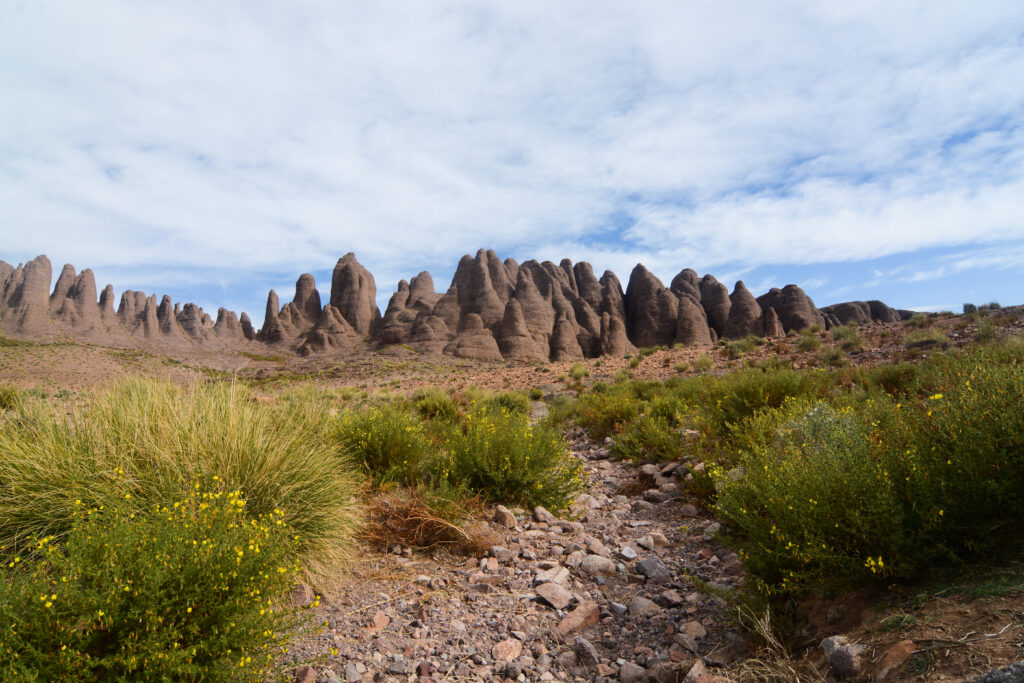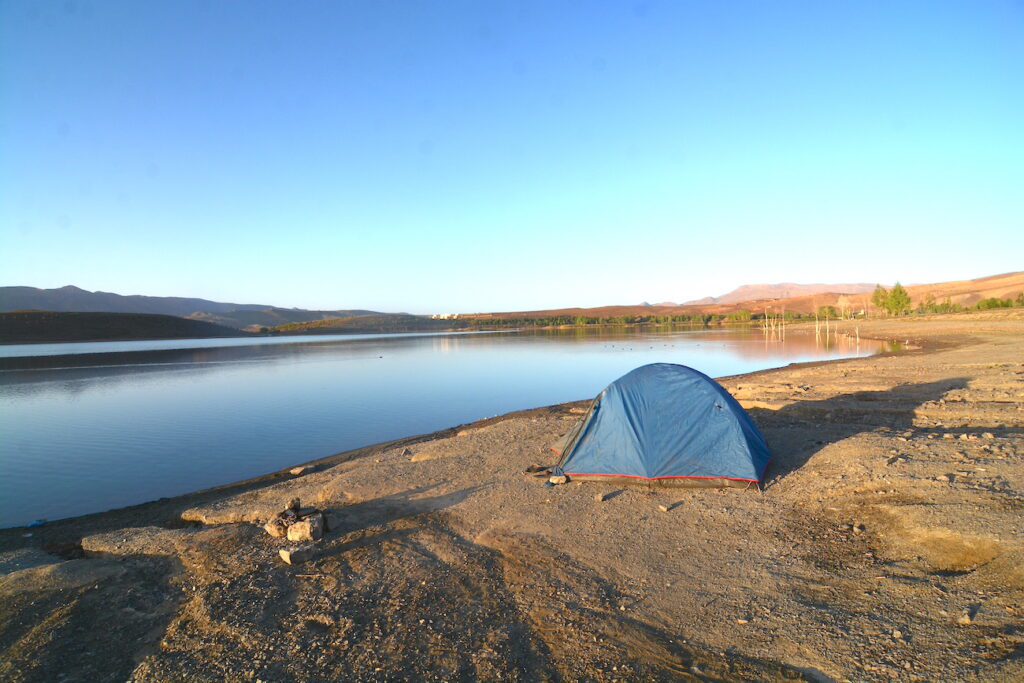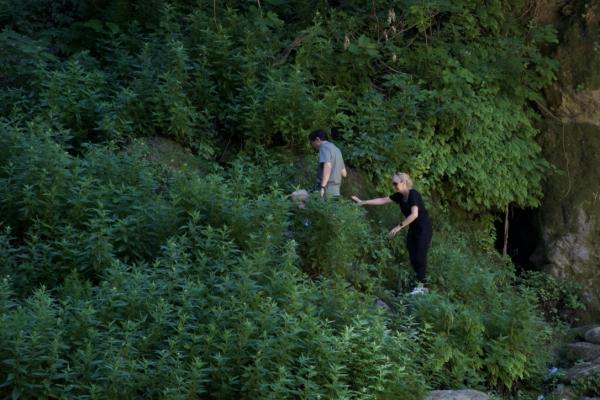Jbel Saghro mountains south Morocco
Southeast Morocco’s Jebel Saghro, often spelled Jbel Saghro, is a mountain range close to the Draa Valley and the town of N’kob. It is renowned for its untamed and spectacular scenery and is a part of the Anti-Atlas mountain range. Jebel Saghro emerges as a hidden gem in southeastern Morocco. This rugged mountain range, part of the Anti-Atlas system, beckons adventurers with its dramatic landscapes, traditional Berber villages, and a geological tapestry that tells tales of ancient volcanic activity. In this article, we embark on a journey to explore the enchanting beauty and cultural richness of Jebel Saghro.

Hiking in Jbel Saghro:
Jebel Saghro is home to a geological wonderland in the center. The rocky plateaus, steep valleys, and volcanic structures depict a landscape sculpted over millennia by the power of the natural world. Every visitor is mesmerized by the breathtaking visual display that the rocks’ vivid colors, which range from earthy browns to deep reds, produce. Hikers and trekkers looking for a challenge as well as breathtaking views will find a playground in the rough terrain.
Jebel Saghro hiking provides a wide variety of trekking adventures for those seeking excitement. The routes weave through gorges and valleys, offering panoramic views and hidden oasis from rather easy strolls to strenuous ascents. The sound of a rich cultural past reverberates with the rhythmic crunch of gravel underfoot as you move throughout the ground. These mountains were originally traversed by ancient caravan routes that linked traders in the desert with communities in the highlands.
It’s essential to comprehend Jebel Saghro’s climate when organizing an adventure. During Winter ( December to March) is the best time to explore this region. Visitors can appreciate the landscapes without the intense heat of summer thanks to the balance provided by spring and autumn.
Fauna and flora in Jebel Saghro:
Jebel Saghro astonishes visitors with its resilient flora and fauna despite its arid climate. Tough vegetation that has adapted to the extreme weather clings to the rocky slopes, making a striking contrast with the desolate background. Reptiles, bird species, Ground squirrels and Rabbits bring life to the wilderness. It is easier to appreciate nature’s tenacity when one looks at the complex adaptations that life has made for itself in this hostile environment.
Even though Jebel Saghro is a singular and alluring location, tourists should consider the environment. This fragile ecosystem can be preserved by following designated trails, not upsetting wildlife, and showing respect for the native flora. To guarantee that the plants and animals of Jebel Saghro survive and flourish for upcoming generations, conservation initiatives and eco-friendly travel strategies are essential.
Overhunting issues in Jebel Saghro:
In addition to drought that Jbel Saghro suffer from, which effect the number of animals in this arid and dry terrains. Rabbits and partridges are more in danger due to overhunting especially with Morocco encouraging foreigners tourist hunting for pleasure.
Nomads in Jebel Saghro:
Jbel Saghro Historically related to Ait Atta Tribe, has long been the home of nomadic communities. The Berber Amazigh ethnic group, of which the nomads of Jebel Saghro are frequently a part, has a close relationship with the surrounding desert and the mountains in which they live.
The delicate balance between human communities and the natural environment is reflected in the nomadic lifestyle of Jebel Saghro. For generations, the nomads have been able to adapt to the harsh conditions of the area thanks to their sustainable lifestyle. They must, like many other nomadic communities around the world, overcome the difficulties of preserving their cultural legacy while adjusting to contemporary changes.




